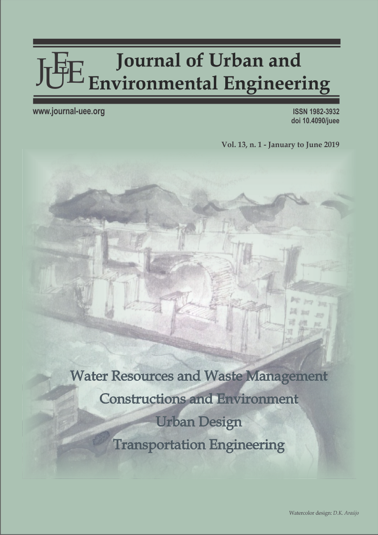USE OF GEOSYNTHETIC CLAY LINER AS A WATERPROOFING BARRIER IN SANITARY LANDFILLS
DOI:
https://doi.org/10.4090/juee.2019.v13n1.115-124Keywords:
Waste disposal, Engineering works, Leachate recirculation, Proofing, GeosyntheticsAbstract
One of the main sources of soil and water (superficial and subterranean) contamination is the inadequate solid waste disposal. In this sense, sanitary landfills have great importance for environmental protection, and in these systems, the geosynthetics materials, such as the Geosynthetic Clay Liner (GCL), are widely employed. However, for landfills with leachate recirculation, the application of GCL is vetoed by many government agencies. In view of this, this study sought to provide an analysis of recent advances in application of GCL in landfill sites. For this reason, the main configurations of landfills and characteristics of its leachate were presented, as well as of the GCL by means of case studies applied to the context. The results indicated that the most important parameter to be evaluated in GCL performance is its hydraulic conductivity, which can be influenced directly by leachate composition (conventional and recirculated) as to the presence of cations and anions. Thus, it is concluded that the evaluation of these characteristics is essential to ensure the proper performance of GCL in landfills.Downloads
Download data is not yet available.
Downloads
Published
2019-10-05
Issue
Section
Articles




